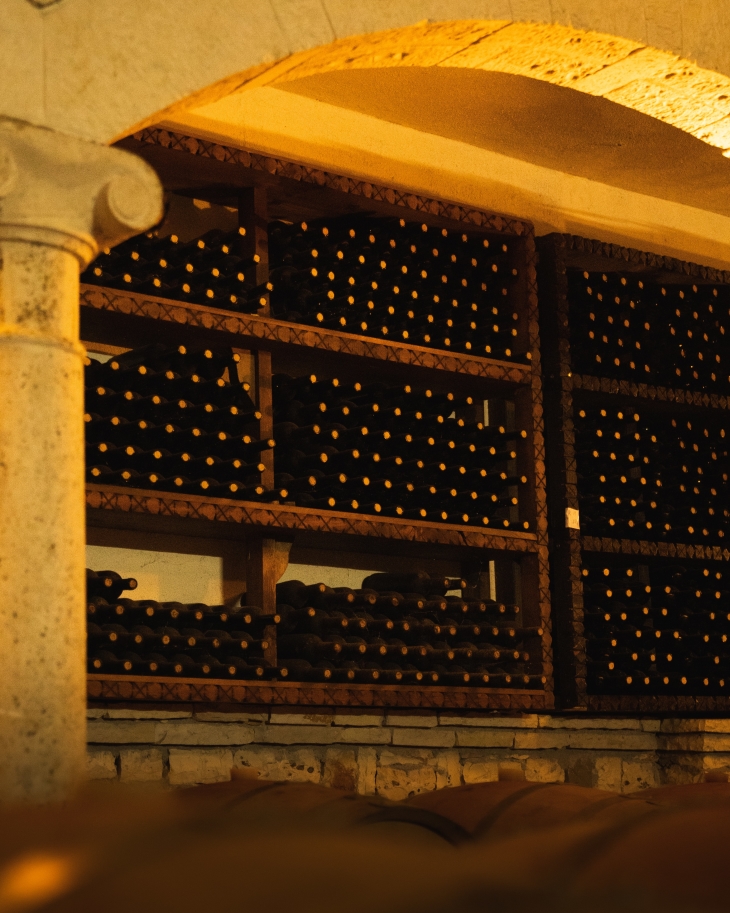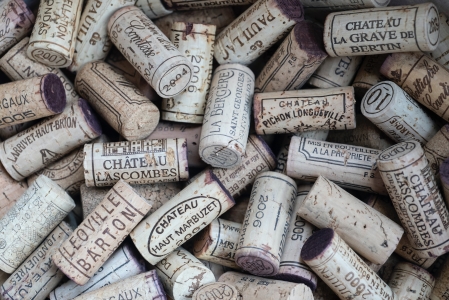What Is Provenance? Provenance is one of the most vital attributes when selecting investment-grade wines. The Oxford Companion to Wine defines provenance as the "details of a wine's previous owner(s) and, ideally, storage conditions." Provenance not only includes understanding the original source of the wine but also who has owned it since and how it has been stored, both of which can have major implications for a wine’s condition and, ultimately, its value in the market.
Factors Driving Provenance to Prominence Discussions around provenance are at an all-time high due to several factors, including the growth of the Asian Market, increased values of collectible wine, and the threat of counterfeiters.
Since 2008 when Hong Kong removed its import tax on wine, buyers in Asia have become a major force in the collectible fine wine market and are now major consumers of the top wines in the world. In general, these new consumers in Asian markets are also highly discerning regarding the condition of the collectible wines they purchase. Not only do they expect the contents inside the bottle to be in good shape, but the expectation is also for the capsule, label, etc., to be pristine and absolutely free of blemishes. This attention to detail is partially due to concern over counterfeits, but more so because many top wines are desirable as signs of prestige and are shared during important occasions or gifted to others.
Two additional factors that have gone hand-in-hand in propelling provenance to be top of mind are the higher prices commanded for rare wines and a corresponding rise in counterfeits. Many have heard of Rudy Kurniawan, a notorious forger who famously concocted fake wines in his house and was featured in the documentary, Sour Grapes. Asia also faced a forgery problem, as many in the market were so new to drinking wine that they were easy prey for counterfeiters. However, since the early 2000s, concerted efforts have been made at all stages of the wine market to improve anti-counterfeiting protocols and quality inspection. Throughout the industry, the level of awareness and controls around verifying provenance is higher than it has been at any time before.
Key Elements At Vint, we employ strict controls to ensure the provenance of the wines we source meets our very high bar. First and foremost, when it comes to sourcing, we tend to work directly with the producer or with our very tight network of trusted intermediaries and merchants. When we consider a supplier, we spend a significant time researching their business, reputation, and internal processes. We only source wines in pristine condition (perfect labels, capsules, no signs of seepage, high fill levels, etc.) and strongly prefer wines that are still packed in their original cases. We also only want wines and spirits that have been professionally stored under optimal conditions since release, preferably in bonded warehouses. Bonded warehouses are professionally operated storage locations where wines and spirits can be stored tax-free. In order to maintain this status, wines can only be circulated through this qualified network of facilities, meaning consumers have never removed or handled the wines. This means that the line of ownership is relatively short, that the wines have seen minimal handling, and that they have been stored in optimal conditions (more on that later). Each of storage facility that we work with is a specialist in fine wines and spirits, meaning that wine storage is their sole focus. The Vint team periodically visits and inspects each of the warehouses we use for long-term storage of the assets included in our collections. Upon arrival, the assets are inspected, photographed, and assigned a unique identifier to facilitate traceability.
Beyond current location and conditions, another important factor to consider when sourcing wine for investment is how far and how often a wine has traveled. In transit, wines can potentially be exposed to vibrations and sub-optimal temperatures. For this reason, many collectors seek out wines that have never left the European continent. This is one of the reasons that Vint continues to store many of the assets we source in Europe. Storing overseas gives us the broadest range of potential sales avenues when the time comes to exit the collections without having to ship the wines multiple times across the ocean.
Impact on Value The clarity around a wine's provenance is directly correlated with its desirability in the market and, as a result, significantly impacts asset value. A pristine wine professionally stored under ideal conditions will command a much higher price than the alternative. A wine in pristine condition sold as part of a case in OWC will garner a higher price than a loose bottle of the same wine, even if it is otherwise in perfect condition. Additionally, the chain of ownership and distance transported can also play a role in the market value of collectible wine.
Vint's Approach to Provenance
At Vint, provenance, and condition are of primary importance when sourcing wines and spirits for our collections. We only source pristine assets from a small network of trusted partners. Upon acquisition, we locate the goods in professional facilities run by specialists in order to ensure optimal storage conditions. All of this effort is made in order to maximize the market value of the underlying asset, thereby enabling us to deliver the highest possible return at the time of exit.


